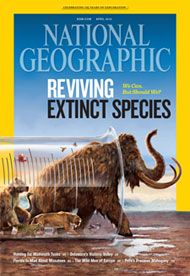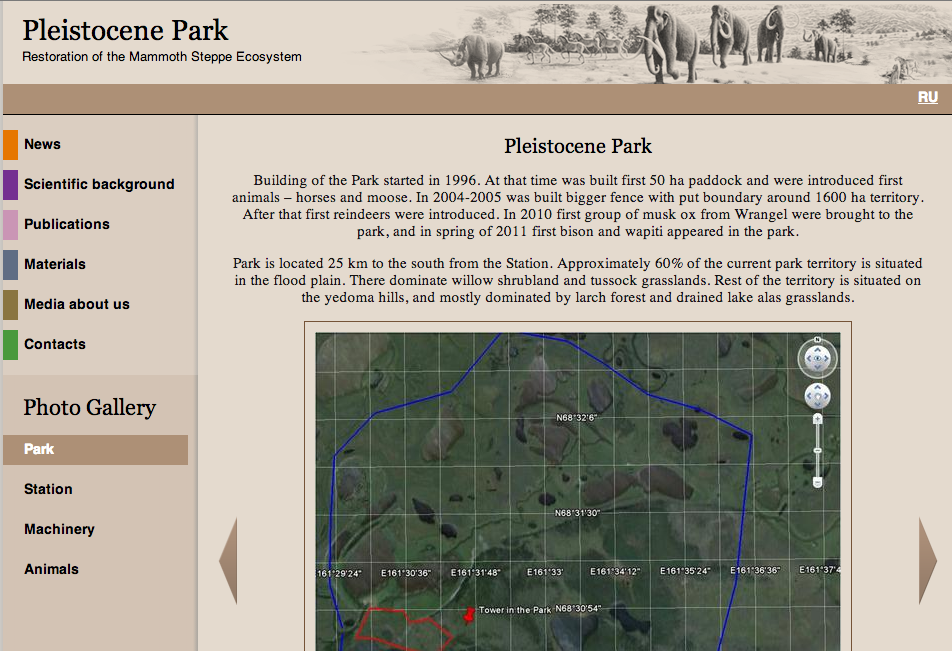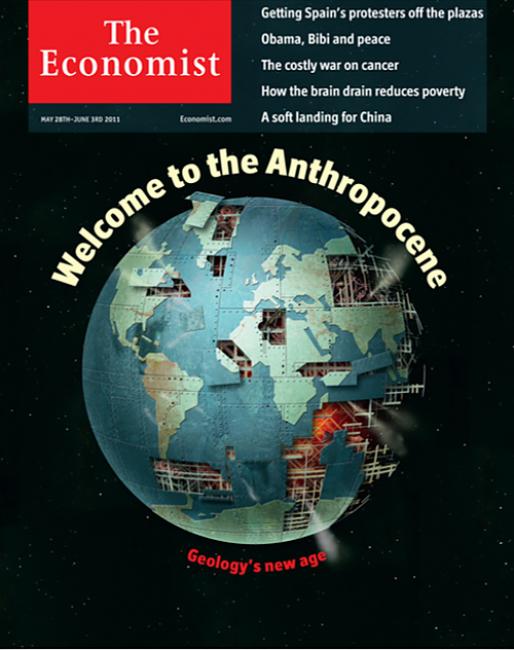
De-extinction in the press
For those of you interested in the de-extinction issue I discussed earlier this week, I’ve been collecting some of the interesting press about it. Here’s a sampling of the coverage and what I thought of it.
Carl Zimmer’s “Bringing Extinct Species Back” is the article highlighted on the cover of National Geographic’s April 2013 magazine. It has a broad coverage of both sides of the issue. And it tells an interesting story about a clone of the last bucardo, or Pyrenean ibex, that lived a mere 10 minutes. Even though it was brief, the species was de-extinct for a moment. It shows how close we’ve already come to breathing life into dead species.

As a supplement to Zimmer’s cover story, National Geographic has created a web hub for the whole de-extinction project. From an analyst’s point of view, the photo collection of extinct animals by Rob Kendrick available through the site is particularly interesting. He chose to make nostalgic tintypes of museum specimens of extinct animals, from mammoths to bucardo. The tintypes make it seem as if the photo captured a live animal in the late 1800s. There is an implication of human involvement in the death of the animals since a human has taken the ‘old’ photo of it. So the photos show us a world we have lost, even though in reality, ‘we’ never had it since most of the animals in the photos died out before anyone alive today was born and even well before photography existed.
I also love the photo at the top of Stewart Brand’s piece in favor of de-extinction which shows a small child touching a baby mammoth in a museum exhibit. I know that my 6-year-old would love to do that. That’s the part of de-extinction that probably hasn’t been discussed enough – the display aspect. I can envision that zoos will be clamouring to have the resurrected species because of their draw. The school kids will absolutely marvel at a wooly mammoth, sabertooth tiger, or thylacine. Kids are the conservationists of the future, so with their visits to zoos and aquariums with these species, their knowledge and what needs to be done for future conservation will be heightened. Just the other day, my daughter got a new story app on her iPod that is about caring for animals in an aquarium. During one of the segments, the narrator was talking about starfish being able to regrow limbs – “I already knew that, mommy,” she said, “because I learned it at the aquarium.” Now, the last aquarium we visited was in Denmark 6 months ago, so clearly messages in these settings can sink in.
The animal I really want to see back is the gastric brooding frog, which grows its fertilized eggs into tadpoles then little frogs in its stomach. It became extinct in the 1980s. The photos of it as part of the de-extinction site are fascinating. The big problem is that the species likely died out because of a fungus, and since that fungus still exists, scientists would be making a species that would simply go extinct again in the wild. So there’s some work to be done on either eradicating the fungus or genetically altering the ‘resurrected’ frogs to have an immunity to the fungus. Either solution is tricky.
Stuart Pimm brings up a good point about ecosystems and where these species will fit in. The land use has changed since many of these species became extinct and the types of food they evolved to eat might not be available. So if someone really wants to bring these species back, they have to look at the whole picture and whether or not there is still ecological room for them.
Hannah Walters writing for Scientific American makes a less compelling case about the anthropocentrism of de-extinction. While she’s right that some of the proponents are not taking into account ecosystem change, her argument that the extinctions we know about, particularly the ones humans have caused, are not any worse than extinction in the past is a bit off the mark. In the same way that climate change is nothing new but human-induced climate change does appear to have different characteristics, extinction without humans and with humans in the picture are different as well. That’s not narcissism — it’s admitting that humans have an uncanny ability to shape their globe.
Alexis Madrigal of The Atlantic ends his article on the subject with the astute observation that “science may be able to produce the organisms, but society would have to produce the conditions in which they could flourish.” To me, that’s the most important issue facing de-extinction. It’s not the technical challenges of making the creature, it’s about enabling it to live. This will require scientists to place the socio-cultural aspects to be put right in the center of each and every de-extinction effort, not as a side activity or an afterthought. I hope they choose to do so.



